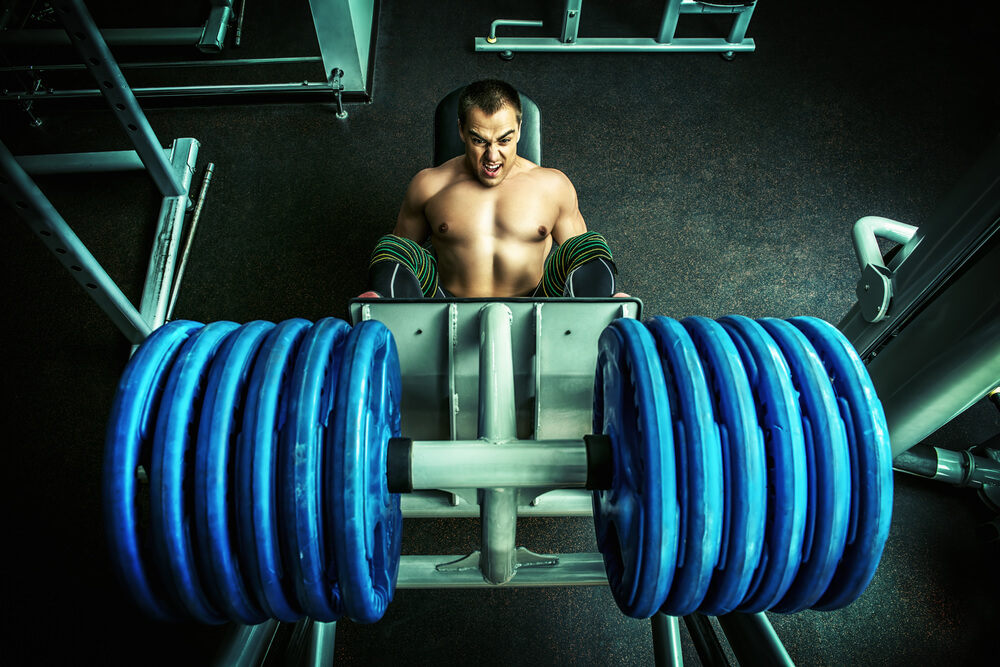Shoulders are essential to the upper body, assisting athletes in nearly every upper body movement. It’s important to keep them in peak strength and mobility. Due to their various functions, it’s good practice to incorporate these shoulder exercises into your routine.
Rotations
Some movements that may be perceived as warm-up work have far greater benefits than just that. This is the case for mobility work which improves function and range of motion. How could we throw a ball or swim without scapular rotation?
These can benefit weightlifters who are striving for more muscle recruitment. Regular weightlifters may have higher torque levels than other athletes, but not as much mobility in internal/external rotation and abduction and adduction (1). These issues can be resolved through rotational exercises.
CARs
CARs (Controlled Articular Rotations) slowly move the shoulder through its entire range of motion. It’s as simple as moving the joint through a circular motion with a straight arm. The slowness will help reveal places where the joint is tight and in need of improvement.
Internal & External Rotations
Meanwhile, bent-arm rotations will improve internal and external mobility. Internal rotation can be worked by bringing the arm to chest level and bending it to a 90-degree angle (like a cactus). Next, turn the arm down until sensation. Then, reverse the motion until the fingers are facing upward.
External rotation is similar to internal rotation. It can be practiced by bringing the arm next to the ribcage and bending it to 90 degrees. The goal is to turn the joint from across the body and towards the back. It’s important to complete the rotations with a steady elbow.
In one case, a modified shoulder routine including these proved to be superior for shoulder health over isolated posterior shoulder stretching. This practice improved range of motion and flexibility for athletes. Additionally, it improved pain relief, mobility, and functionality (2).
Straight-Arm Movements
Rotations translate well into straight-arm exercises. They can improve the performance of these exercises.
Farmers Carries
Farmers Carries are a great core exercise. It requires the stability of the entire posterior chain. When diving deeper into the muscle recruitment, the resistance is pulling down on the forearms, shoulders, and lats. Farmer carries will open up the shoulders for better posture and scapula and lat recruitment.
Straight-Arm Pullovers
Pullovers are one of Arnold’s favorite chest exercises for a reason. The movement is known for hitting the upper chest and the shoulders. The joints are moving in a rotation that resembles CARs. If CARs are enjoyable, pullovers can take it a step further by adding resistance to part of the movement.
Dead Hangs
Dead Hangs recruit the scapula for posture. Like the Farmers Carries, it tests grip strength and the posterior chain. This version is known for relieving spinal tension through gravity. Open shoulders can improve the hang by keeping the scapula safe. By activating the scapula, it saves the rotator cuff and strengthens pull-up performance.
What to Avoid
Upright Rows will mess up the rotator cuff. It’s a pull movement with internal rotation of the shoulder. The rotator cuff is not supposed to move in this position. If anything, it should be substituted with high pulls. This substitution ends with the arm in an external rotation and the palm out. It resembles more of a Face Pull and actually works the same muscle group. As always, this can be modified with any piece of equipment.
Behind the neck exercises can cause long-term injuries. The shoulders (and the entire posterior chain) are not built to move horizontally behind the neck. These versions of overhead presses and lat pulldowns can put the neck in a vulnerable position for long-term damage. It could even lead to transient upper extremity paralysis (3). Instead, the bar path should occur in front of the torso.
Building those Boulder Shoulders
It’s best to train the shoulders the way they actually move. Unnatural movements can lead to setbacks. Shoulder mobility and stretching both have positive impacts on frozen shoulders. One study compared the two methods and presented that there is little to no difference between the two methods (4). Pairing these with strength exercises will only benefit the body. Treat your shoulders right, and they’ll return the favor.
Works Cited:
- https://www.ncbi.nlm.nih.gov/pmc/articles/PMC9208983/
- https://www.ncbi.nlm.nih.gov/pmc/articles/PMC7040949/
- https://www.ncbi.nlm.nih.gov/pmc/articles/PMC5895929/
- https://pubmed.ncbi.nlm.nih.gov/31475938/
Gym2k.com Articles






Leave a Reply
You must be logged in to post a comment.